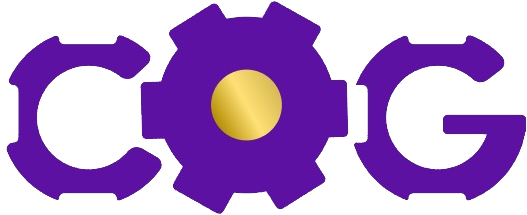Welcome to our blog post, where we will delve into the power of outsourcing HR services and how it can unlock efficiency and drive success for your business. In today’s fast-paced and competitive business landscape, streamlining operations and boosting productivity are essential for staying ahead of the game. That’s where outsourcing HR services comes in.
In this article, we will explore the numerous benefits of outsourcing HR services. We will discuss how this strategic move can streamline your operations, improve efficiency, and ultimately enhance your focus on core business functions. Additionally, we will highlight the cost-effective solutions that outsourcing HR services can provide, enabling you to allocate resources more efficiently. Furthermore, we will emphasize the expertise that professional HR service providers bring to the table, allowing you to leverage their knowledge and experience for optimal results.
If you’re ready to take your business to the next level by unlocking efficiency and driving success through outsourcing HR services, keep reading. Let’s dive into the world of HR outsourcing and discover how it can transform your organization
HR Outsourcing: Improving Efficiency by Streamlining Operations
Outsourcing HR services has emerged as a game-changer for businesses looking to streamline their operations and improve overall efficiency. By entrusting HR responsibilities to external experts, organizations can focus on their core competencies, reduce administrative burdens, and achieve better outcomes.
One of the key advantages of outsourcing HR services is the access to specialized expertise. HR service providers are well-versed in the intricacies of human resources management, staying up-to-date with the latest industry trends, regulations, and best practices. This level of expertise can be especially valuable for small and medium-sized businesses that may not have the resources to hire a dedicated HR team or lack the necessary knowledge in-house. By leveraging the knowledge and experience of external HR professionals, organizations can ensure compliance, make informed decisions, and effectively navigate complex HR challenges.
Moreover, outsourcing HR services can significantly reduce administrative burdens. HR functions such as payroll processing, benefits administration, and employee record management can be time-consuming and require meticulous attention to detail. By outsourcing these tasks, businesses can free up valuable time and resources that can be better utilized in driving growth and innovation. Additionally, HR service providers often utilize advanced HR software and systems, which can automate processes, minimize errors, and enhance overall efficiency.
Another notable benefit of outsourcing HR services is the scalability it provides. As businesses grow and expand, their HR needs evolve accordingly. By outsourcing HR services, organizations can easily scale their HR support to match their changing requirements without the need for significant investments in infrastructure, hiring, and training. Whether it’s managing a sudden increase in workforce, implementing new HR policies, or handling complex employee relations issues, external HR providers can swiftly adapt to the changing needs of the organization.
Furthermore, outsourcing HR services can lead to cost savings. Maintaining an in-house HR team can be a costly endeavor, considering salaries, benefits, training, and infrastructure expenses. By outsourcing HR services, businesses can convert fixed HR costs into variable costs, paying only for the services they require. This flexibility allows organizations to allocate their financial resources more efficiently, investing in areas that directly contribute to their core business objectives.
In conclusion, outsourcing HR services can greatly contribute to streamlining operations and improving overall efficiency within an organization. By accessing specialized expertise, reducing administrative burdens, enabling scalability, and achieving cost savings, businesses can unlock the full potential of their workforce and focus on what they do best. Embracing the power of outsourcing HR services can be a strategic decision that propels businesses towards increased productivity, success, and long-term sustainability.
We’re eager to understand more about your company and explore how we can harness HR practices to elevate your business to new heights.



